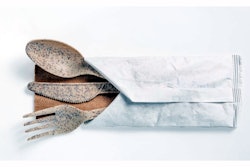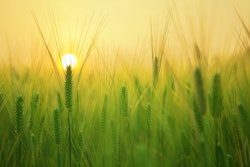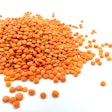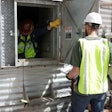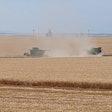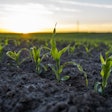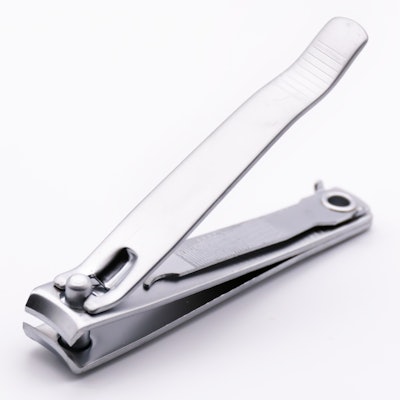
The eyes might be the window to the soul, but your toenails hold the clues to what chemicals you've been exposed to, and one doctoral student is looking for samples to study.
 Anna Proctor, University of Iowa (UI) Ph.D. studentAnna Proctor
Anna Proctor, University of Iowa (UI) Ph.D. studentAnna Proctor
"We anticipate being able to see heavy metals using our established methods and some organic contaminates such as PCBs and pesticides after validating our methods," said Proctor.
Toenails, which can provide a 6- to 9-month record of a person’s exposure to contaminants, are easy to collect, handle and store compared to blood or urine, the typical samples used to determine environmental exposure. Clipping toenails is also something most people do and doesn't require medical expertise, Proctor noted.
"I want to see what pollutants have built up in farmers’ bodies as a result of exposures that happen due to their occupation," said Proctor. "Farming is a really diverse job, and it is my belief that the results of my study will continue to support the evidence that toenails are effective biomarkers to measure different kinds of environmental pollutant buildup that are likely caused from farming activities."
Proctor hopes this research will provide Iowa farmers with information that could help them better protect their health. If producers know what chemicals they are exposed to, they can better understand how to protect against those exposures.
"Farming is a crucial part of the food system and it’s an occupation I think really highly of," she said. "I come from a family of farmers and ranchers and I take this work really seriously. I recognize that people who don’t know much about me are literally giving me pieces of themselves to further our knowledge on how to better protect other farmers, and it’s a really humbling responsibility."
Expanding beyond farmers to other agricultural workers
Proctor said she hopes the study expands at some point beyond the farmer/producer to other ag workers, like those that work in grain processing or animal feed milling facilities.
"It is my hope that we will be able to expand upon my study and examine other kinds of agricultural workers contaminate buildup using toenails as a biomarker," she explained. "I would love to continue on with this area of research post-graduation. However, I think it's important to start pilot projects to develop the methods to detect many organic chemicals in toenails and validate it before conducting a large sale of work, which is why we are exclusively studying farmers in Iowa."
Information gathered will be pooled so individuals’ identity will be protected. Proctor expects the study to take a year, and she plans to provide participants with an overview of the results.
In the study's next phase, a more targeted group of producer participants will be recruited to gather more details about their health, lifestyle, farming practices and livestock production. That type of information could begin to provide answers about farmers’ risk for disease, said Proctor.
Toenails for the greater good
Iowa farmers interested in participating in the study should email Anna Proctor at [email protected]. She will provide a kit that includes a clipper, bag for returning the nail clippings and a short questionnaire. Proctor expects it will take about 10 minutes to provide the sample.
So far, Proctor has received positive feedback from farmers.
"I know asking farmers for their toenails is a really weird request," she said. "I wouldn’t have been surprised or offended if they didn’t want anything to do with me. However, I’ve found the opposite to be true. So far, I have found farmers to be very curious about the study and very willing to help me.
"The camaraderie in the agricultural community is amazing to witness, and I feel really lucky to be apart of it," she added. "I'm really thankful to the farmers that are trusting me to do research on them."





